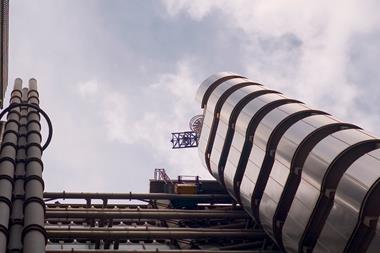This year's devastating hurricane season has forced companies to review their catastrophe models, experts have said.
Speaking at the Standard & Poor's Lloyd's market review, Robert Muir-Wood, head of research at modelling company Risk Management Solutions, said: "Hurricane Katrina allowed us to learn more about the hurricane activity rate.
"It made us reassess the data we should quantify in our risk assessment models and how exactly to use it."
Muir-Wood said his company and the risk analysis industry as a whole were changing their perspective of risk.
This was as a result of climate change and factors such as flood, wind and landslides, which were often insured separately.
He added that Risk Management Solutions envisaged the creation of a new change management model as well as the updating of its hurricane model, for which a higher rate of activity and damage would be considered.
Terry Masters, a director at Aon, implied that the way risk assessment models were used would change in the future.
"Until now we knew what models could do and less about what they could not do."
Moody's: hurricanes hitting loss adjuster capacity
Loss adjusting resources to deal with US hurricane claims are being severely stretched, according to ratings agency Moody's.
In a report on the impact of Hurricane Wilma, Moody's said the impact of hurricanes Rita and Katrina had put existing loss adjusting resources at "close to full capacity".
It added that delays in dealing with claims, due to cover disputes, were having a knock-on effect on the resources available to deal with Hurricane Wilma claims.
Moody's said delays in claims processing could lead to an increase in insurers' loss estimates from the hurricanes. "Initial estimates for hurricanes Katrina, Rita and Wilma are likely to be not as precise," said the report.
Hurricane Katrina could cost the industry over $54bn, while hurricanes Rita and Wilma could give rise to losses of over $5.5bn and $8bn, Risk Management Solutions said.
Hosted by comedian and actor Tom Allen, 34 Gold, 23 Silver and 22 Bronze awards were handed out across an amazing 34 categories recognising brilliance and innovation right across the breadth of UK general insurance.












































